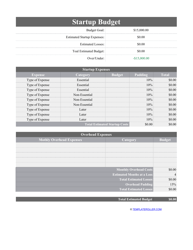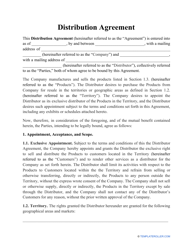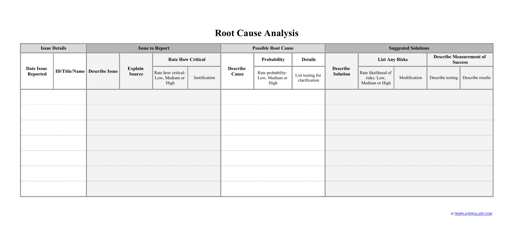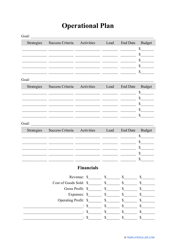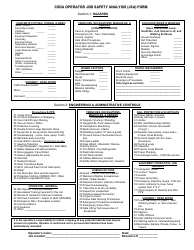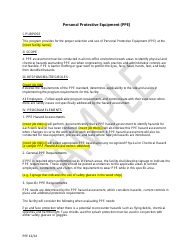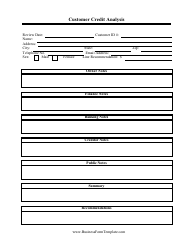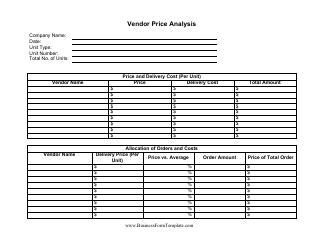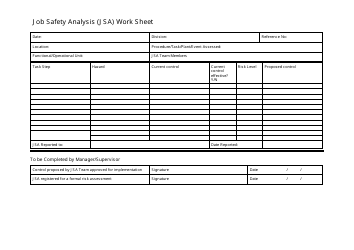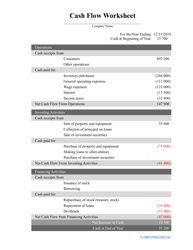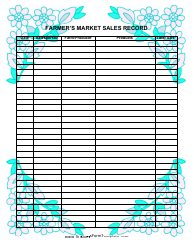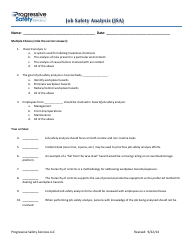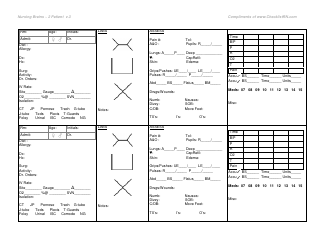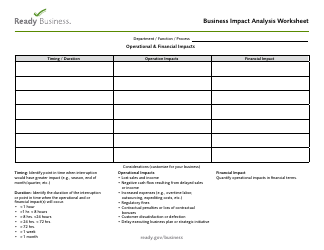Competitive Analysis Template
What Is a Competitive Analysis?
A Competitive Analysis is an analysis conducted by an entrepreneur who wishes to detect the competitors of their organization, identify their products and services, determine the advantages and disadvantages of competitors, and develop a marketing strategy for their company based on this information.
Alternate Name:
- Competitive Market Analysis.
A Competitive Analysis report can be presented as a Competitive Analysis Chart that visually demonstrates the results of the research. This chart should contain the legal names of the company and its competitors, and a list of parameters that are used for analysis, such as products, prices, quality, service, location, reliability, stability, company reputation, sales method, credit policy, and advertising. The chart should reflect if these parameters are strong or weak sides of the specified companies, and how important they are to a client. A printable Competitive Analysis Template can be downloaded below.
What Is the Purpose of a Competitive Analysis?
A Competitive Market Analysis allows entrepreneurs to determine their competitors' strengths and weaknesses in a marketplace and perform effective strategies to improve their competitive advantage. It also allows the entrepreneur to identify market trends, implement product development, target specific markets, and regulate prices and discounts.
How to Do a Competitive Analysis?
A Competitive Analysis framework usually contains the following:
- Identify your competitors. Choose three companies that sell the same goods or provide similar services to your organization.
- Conduct business research on selected competitors. Identify which goods or services they offer, find out the date of the foundation of their business, and the period during which they work. Find out your competitors' target markets, profitability, and business development rate, determine which geographic area they operate in, and their location.
- Research your competitors' target consumers. Analyze their marketing materials, website, and social media pages, and determine which customers they are designed for and targeted. Determine where they place an advertisement. Reveal the age range of their target consumers, their gender, and their income level. Analyze competitors' prices for each product or service sold, as well as prices for related services, such as packaging, delivery, and installation of equipment. A price list can usually be found on the company's website.
- Analyze competitors' marketing strategy. Find their brochures, advertising booklets, and catalogs. Analyze not only their content but also the design and the quality of print and paper. Find out what product features they promote in these advertisement materials. Explore their website, pay attention to what information and sections are contained there, its usability, design, and availability of contact information. Find out if there is a description of the products offered, such as the manufacturer's name, color, weight or volume, and size. Pay attention to the frequency of publications and updates on the site and pages in social networks, the availability of special offers, and promotions. Find out if competitors indicate the advantages of ordering goods and services in their organizations. Analyze where they place their advertisement, what advertising program has been developed, and its estimated budget. Identify the competitive advantages of their competitors, such as excellent customer service, high-quality products, reliability, location, low prices, and frequent discounts.
- List the competitors' disadvantages. This information can be found in the customer's feedback and comments on websites and social media pages. Read professional reviews and learn about the reputation of these companies.
- Evaluate your own business on the same parameters: analyze your target customers, prices for each product or service sold, marketing strategy, advertisement materials, website, and social media pages. Determine the advantages and disadvantages of your company, compare the collected information, and make conclusions.
Still looking for a particular template? Take a look at the related templates below:


